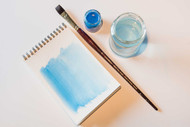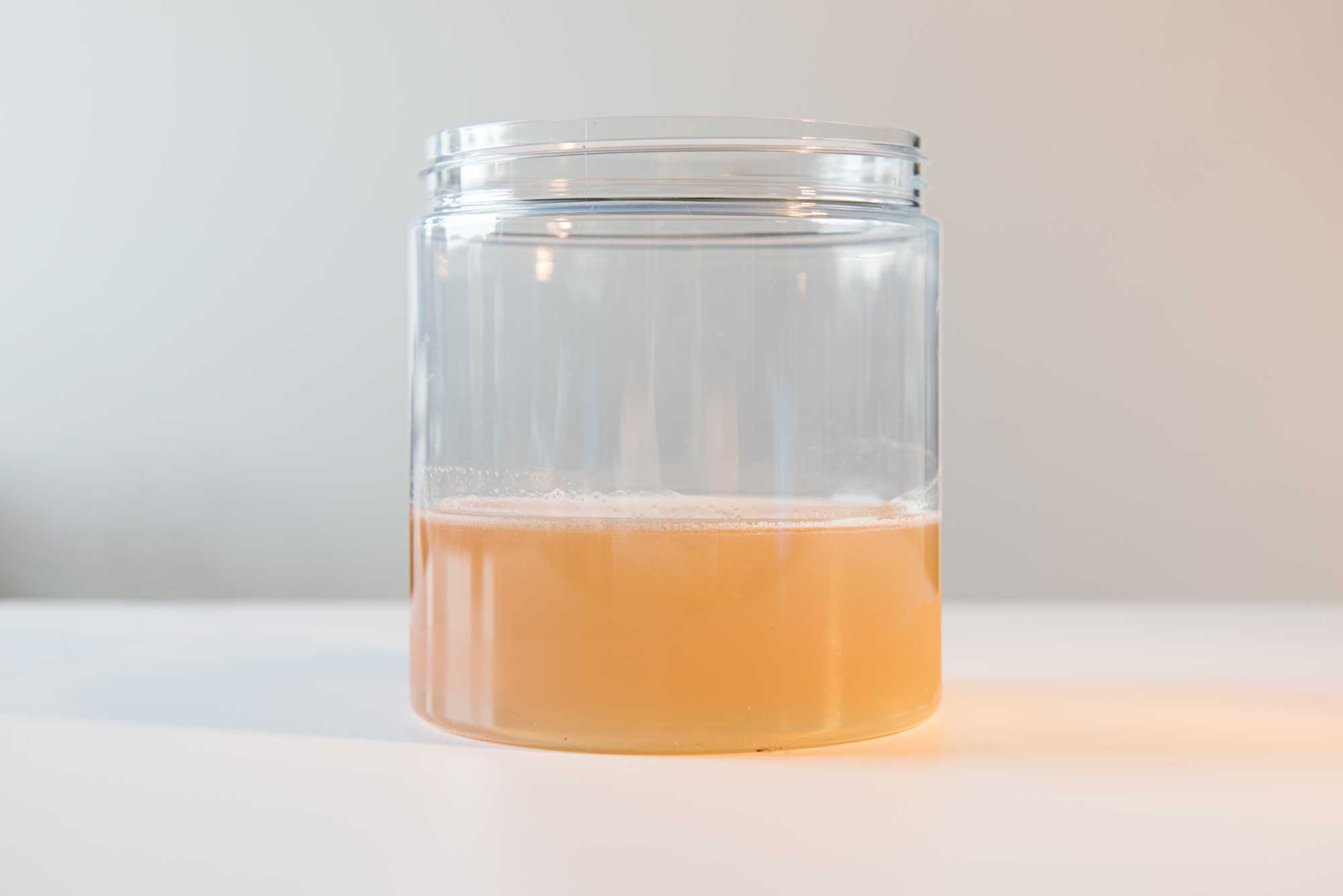Easy recipe for making your own Watercolour paints
Posted by Celtic Sustainables on 12th May 2020
Looking to feed your creativity ….why not have a go at following our easy recipe for making your own Watercolour paints?
As lots of us are finding ourselves with a little more time on our hands than usual these days (activity written during the Covid 19 lockdown), doing something creative can be the perfect way to keep yourself busy and even make you feel better too.

Did you know that research has shown that time spent working on creative pastimes can not only increase happiness but can also reduce stress levels too…
We think we’ve found an extra fun way you can enjoy being creative by making your own watercolour paints. It’s really easy to do and afterwards you get to use the paints you’ve made to be even more creative!
All you need are a few simple ingredients and a little bit of time.
Here’s what you’ll need…
-
100g of natural powder pigment – check out Coloured Earth pigments – they’re amazing!
- 100g Gum Arabic powder
- Boiling Water
- Clove oil (Optional)
- A few teaspoons of Honey
- A pallet knife or muller
- Some muslin cloth (or similar) for straining
- A non-porous hard surface to mix on
- A glass or ceramic pot or bowl suitable for mixing with hot water
- Airtight storage jars or pots
- An old spoon or similar for mixing your ingredients
The process for making watercolour paints is done in two parts, so it’s a good idea to read through all of the steps before starting, to familiarise yourself with the process.
Part 1 – Making the ‘Binder’
The following quantities will make enough binder for more than one mix of watercolour paint but don’t worry, if you’re only making one colour to start with, you can store any surplus in an airtight container. The binder should keep for several days (in a fridge if you can) and if you add a few drops of Clove Oil when you’re mixing it up (this helps prevent mould forming), it should last for up to 6 months.
As the name suggests, the ‘binder’ is the vehicle that holds all the ingredients together in the paint making process. To make the binder…
- Place 100g of Gum Arabic powder in a mixing pot or bowl. Add a couple of drops of Clove Oil (if using) and 200ml of boiling water, then mix them together thoroughly until smooth.
- Leave the binder solution to stand for 24 hours to make sure all the Gum Arabic is absorbed into the mixture.
- After 24 hours, strain the binder solution through a muslin cloth or similar (we used a clean J cloth) to remove any impurities, then reserve in an airtight container.
Part 2 – Making Watercolour Paint
- In a small pot, add 1 tsp of honey, 9 tsp of binder and mix thoroughly. Adding honey to the mixture makes the paint more fluid, making it easier to work with.
- Next add 8 tsp of natural powder pigment (some colours may need slightly more pigment, you’ll need to experiment) and mix everything together thoroughly.
- Transfer the pigment mixture to a hard non porous surface and with a pallet knife start to mix it with the flat of the blade (you can also use a muller for this if you have one). The texture will feel a little gritty to start with but as you work it, it will slowly grind out. Keep mixing until all the ‘gritty-ness’ has gone and you’re left with a nice smooth mixture. This is your watercolour paint.
- Scrape the paint into a small storage pot and leave to dry. If the paint cracks when dried it doesn’t matter it’s still fine to use, but make a note of this for next time and add a little more binder when you’re mixing with that pigment to prevent it cracking next time.
We’d love to see how you get on with your watercolours so don’t forget to show us how you get on via our
Instagram, Facbook or Twitter!
Good Luck!





